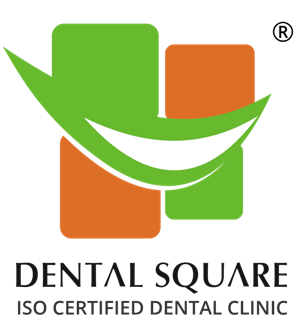What types of periodontal management are done here?
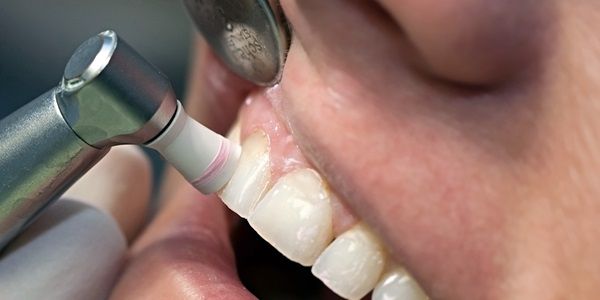

Oral prophylaxis
A critical part of controlling and preventing periodontal disease is the routine cleaning of gum margins around your teeth. Tooth brushing and flossing are the basic oral hygiene techniques recommended for plaque removal around the teeth. Other oral hygiene aids may be recommended for clearing interdental areas such as tooth picks and rubber tips. Plaque can reform over 24 hours over your teeth, so it is important to keep a regular checkup with our specialist for maintaining healthy gums and teeth. Our periodontist recommends to have a routine examination every 3 months followed by radiographic assessment if required.
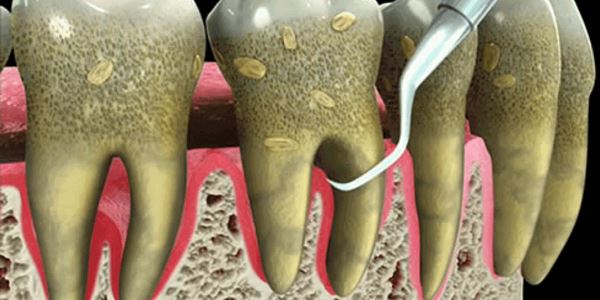

Non surgical therapy – scaling and root planning
Scaling and root planning is a common non surgical treatment for periodontal disease. Specialised instruments are utilised for removing plaque and calculus thoroughly in the area above the gum line. This is known as supragingival scaling. Patients where periodontal disease persist, require removal of calculus from the gum pockets and beneath the gum line, which is termed as subgingival scaling.
This is followed by root planning or smoothening. It enables in eliminating any rough areas on the root that can easily trap plaque and micro-organisms. A smooth, clean root surface provides a healthy environment to allow the gums to heal and re-attach to the tooth. This will reduce the pocket formation around the teeth, therefore eliminating areas for bacteria to harbour within and cause further disease.
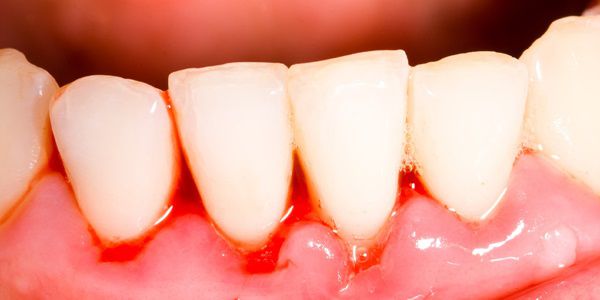

Surgical therapy and periodontal regeneration
There are clinical situations where non surgical treatment may not resolve progressed level of periodontitis such as advanced bone loss, bone defects, root furcations and complex root anatomy. Surgical periodontitis can facilitate thorough cleansing of the area under gum line and minimise gum disease.
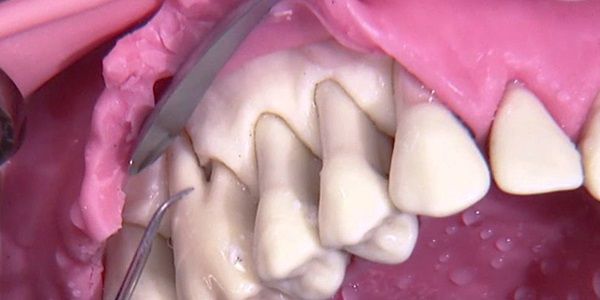

Periodontal surgery
The surgical treatment is considered as a minor surgical procedure that can be done in the dental office under local anaesthesia. Once the disease affected area is identified, a small incision is made on the inside and outside gum margins of the involved teeth. The gum tissues are retracted gently from the necks of the teeth , to give access to the underlying root surfaces. The root surfaces are gently cleaned and smoothened. This facilitate in the removal of residual debris and calculus. Areas which have been eroded due to disease, are reshaped. This will enhance the gum tissue to get reattached firmly around the teeth, when stitched back into place. The stitches are removed usually after a week later. Since, the healing progresses rapidly, patients can resume back to their routine activities the very next day!
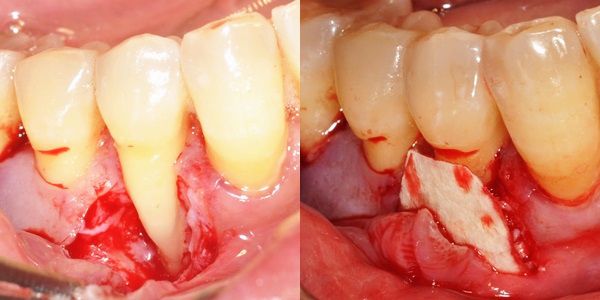

Periodontal regeneration
A call for periodontal regeneration arises, when advanced periodontitis results in severe vertical bone loss. This gradually results in bone loss around the teeth and with weal periodontal attachment. Regenerative techniques most often employ surgical placement of membranes or bone graft materials or enamel matrix proteins in the form of Emdogain gel.
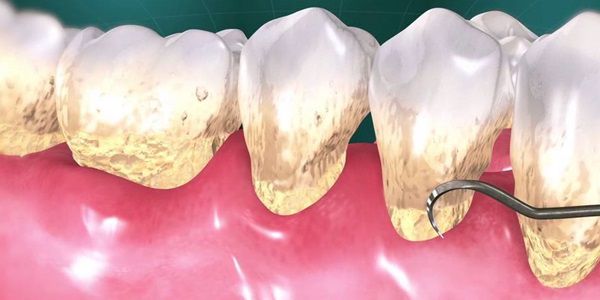

Periodontal Maintainence therapy
Patients with chronic periodontal disease, systemic illness such as diabetes, epilepsy must undergo regular check up and periodontal cleaning. The interval between cleanings that is appropriate for you will be determined and advised by our specialist here.


Peri-implantitis treatment
Peri-implantitis involve inflammatory process affecting soft and hard tissues surrounding dental implants with gingival bleeding. If you notice bleeding, or have placed implants more than 2 years, our periodontist recommends you to have a check up.


Cosmetic gum treatments
Gum recession treatment
Healthy gums protect the teeth and ensures you a beautiful smile. There are a number of factors that causes gum recession, such as gum diseases, trauma. Gum recession treatment are designed to re-position back the receded gums on to the tooth. This reduces the chances of further recession, root caries, sensitivity and changes the smile drastically.
Gummy smile correction
Gums play a critical role in our smile. Some people exhibit too much gums when they smile. This is termed as ’gummy smile’. Our highly skilled periodontist use modern ‘periodontal aesthetic surgery’ techniques to alter and shape up the uneven gum line, or increase the length of short teeth. At Dental Square, we use the most advanced techniques, to ensure minimal discomfort, no bleeding and less time consumption. We also ensure, such techniques produces pleasing aesthetic results.
